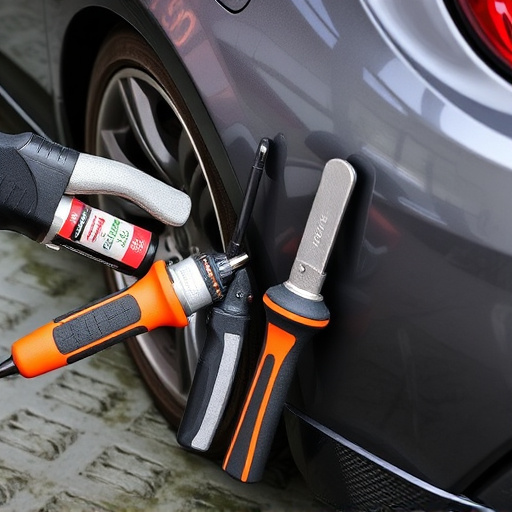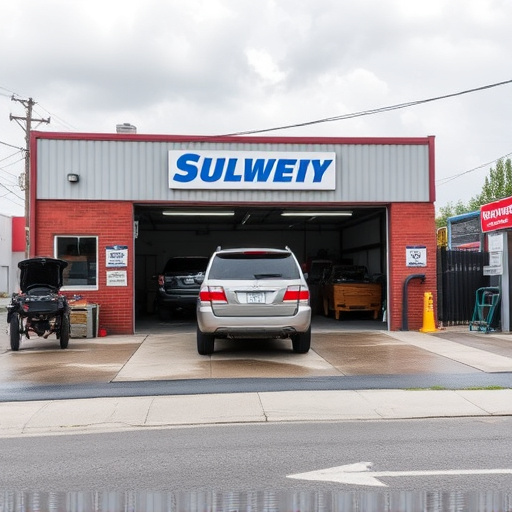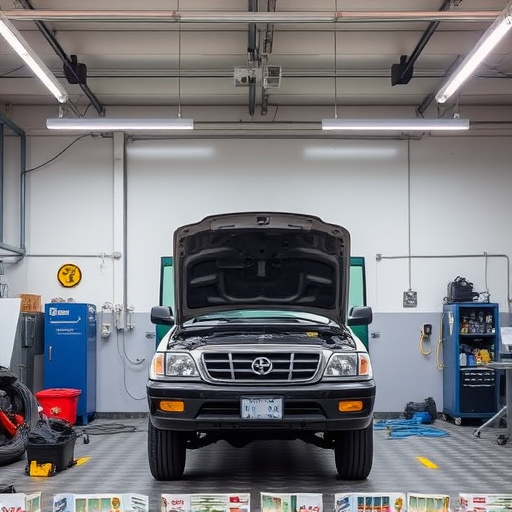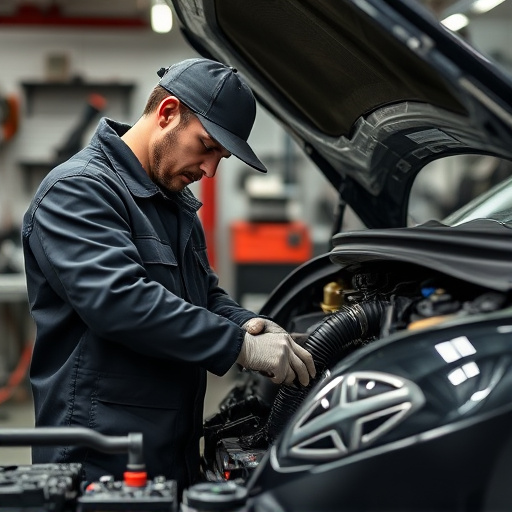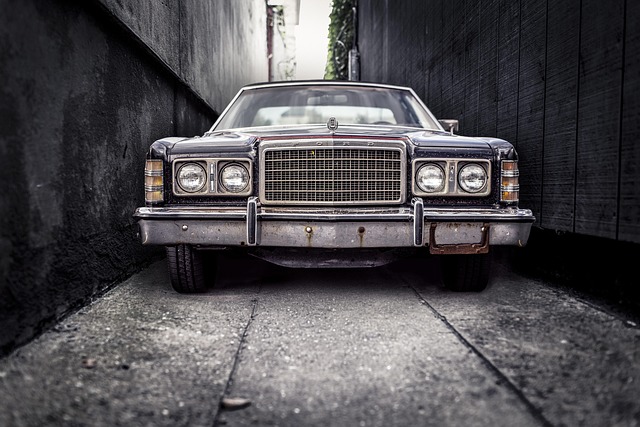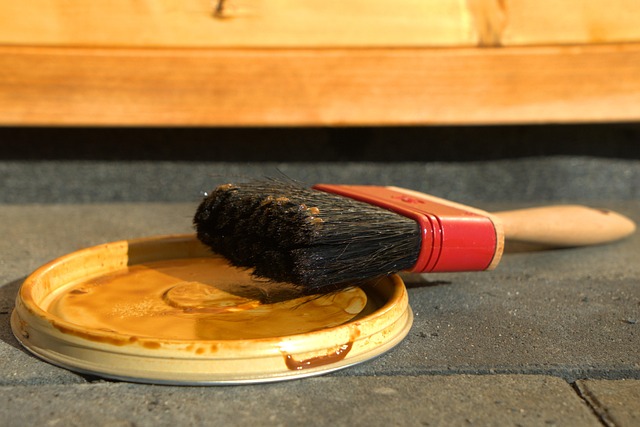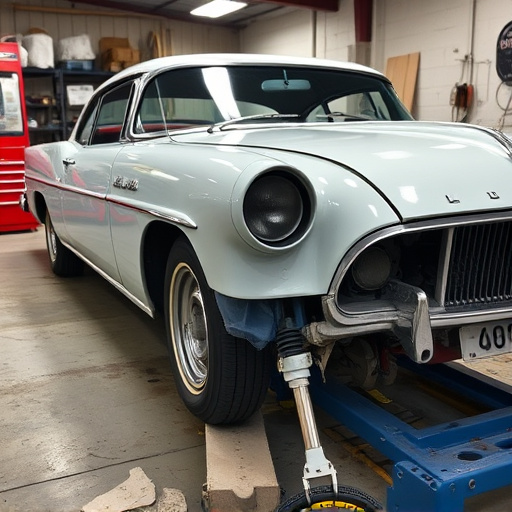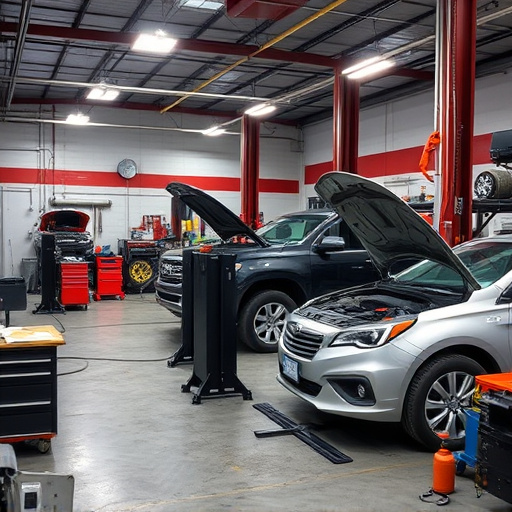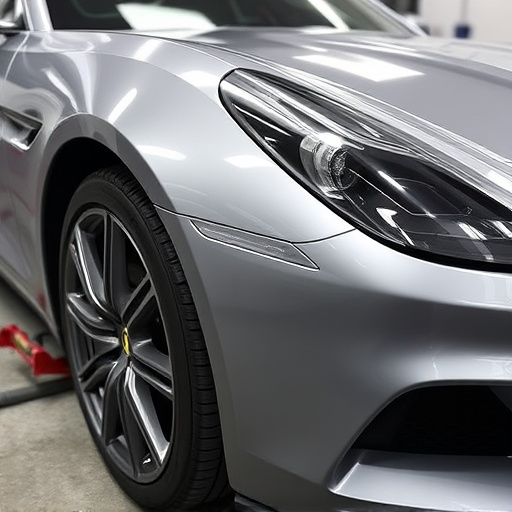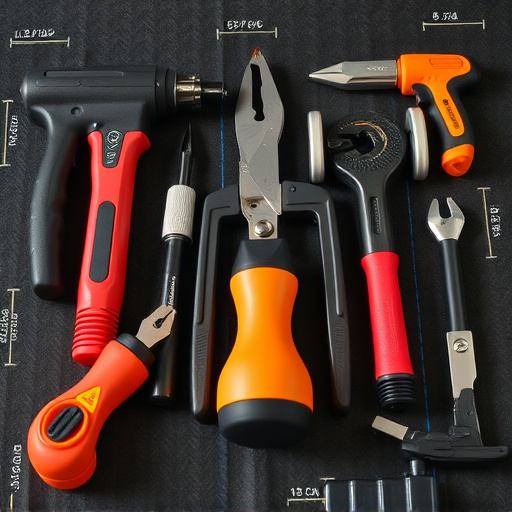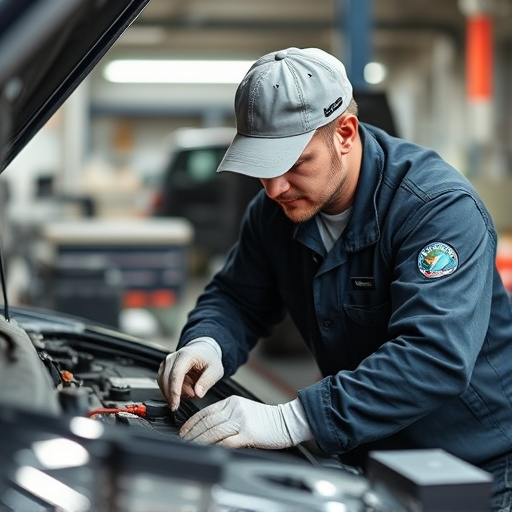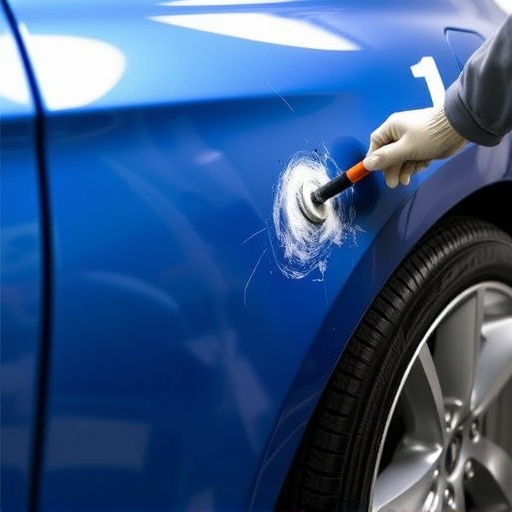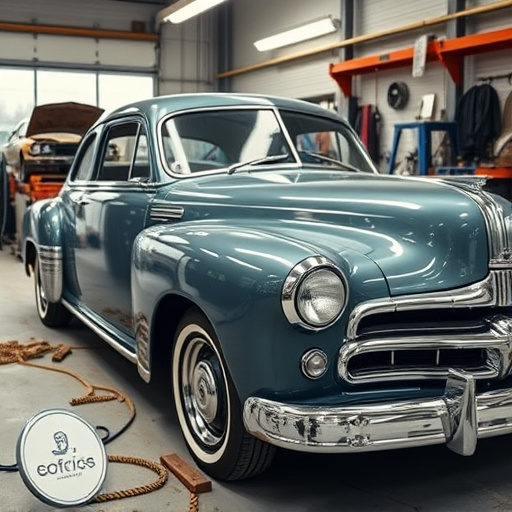Mastering dashboard repair collision is vital for automotive service centers aiming for excellence. It involves meticulous disassembly, inspection, and precise reconstruction of vehicle interiors to pre-accident condition. For classic car restorers, this requires historical context knowledge, original equipment parts, and period-appropriate techniques. Proficiency ensures high-quality work preserving vehicles' legacy. Training methods like interactive workshops and hands-on simulations enhance damage assessment and repair skills. Standardized safety protocols boost efficiency, safety, communication, and risk minimization during repairs, fostering a culture of excellence satisfying customers through top-tier dashboard repair collision services.
Effective dashboard repair in collision centers is paramount for customer satisfaction and efficient operations. This comprehensive guide delves into the essential training methods for staff involved in dashboard repair procedures. We explore the intricacies of understanding dashboard repair processes, emphasizing best practices. Additionally, we discuss implementing standardized safety protocols to ensure consistent, high-quality results. By mastering these techniques, collision centers can streamline their services, reduce errors, and enhance overall customer experience in dashboard repair.
- Understanding Dashboard Repair Processes
- Training Methods for Effective Collision Repair
- Implementing Standardized Safety Protocols
Understanding Dashboard Repair Processes
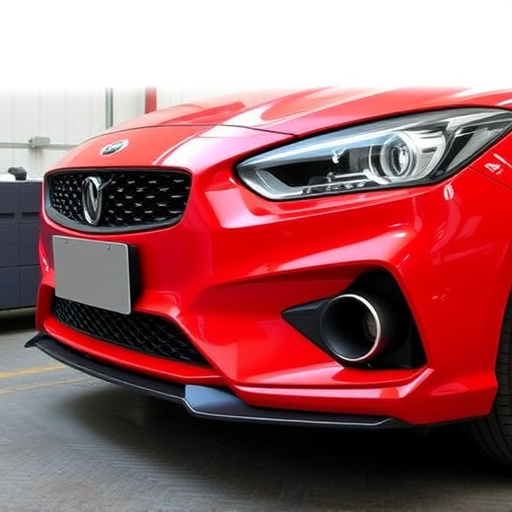
Understanding dashboard repair processes is a cornerstone for any automotive service center aiming to excel in collision repair. Dashboard repair collision involves a meticulous series of steps that combine both technical skill and an eye for detail. It’s not just about replacing damaged parts; it entails restoring the vehicle’s interior to its pre-accident condition, ensuring seamless integration and aesthetic harmony with the rest of the car. This includes meticulous disassembly, careful inspection, and precise reconstruction, especially when dealing with complex dashboard designs found in modern vehicles.
For classic car restoration enthusiasts, dashboard repair collision can be a delicate process that requires an understanding of the vehicle’s historical context. Each make and model has unique quirks, and restoring these dashboards demands a keen knowledge of original equipment parts and period-appropriate techniques. Whether focusing on scratch repair or tackling major collision damage, mastering these processes ensures customers receive high-quality work that not only fixes but also preserves the legacy of their vehicles.
Training Methods for Effective Collision Repair
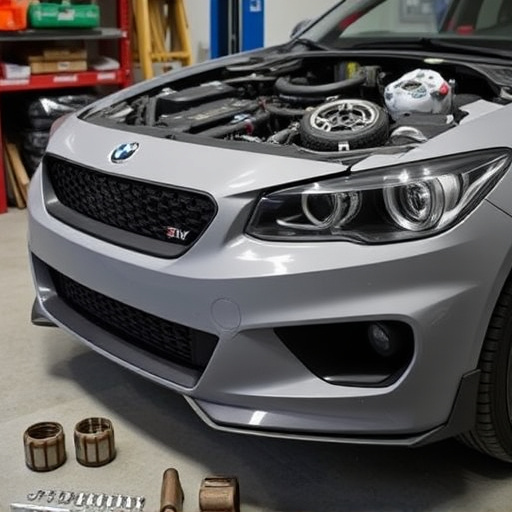
Training methods play a pivotal role in ensuring that staff are equipped to handle dashboard repair collision procedures efficiently. Interactive workshops and hands-on simulations are highly effective, allowing employees to practice on actual or simulated crash scenarios. This immersive approach fosters better comprehension of the damage assessment process and the precise steps required for effective dashboard repair.
Incorporating both theoretical knowledge and practical skills development is key. Training sessions should delve into the latest industry standards and best practices in automotive restoration, focusing on dashboard replacement techniques and material compatibility. Regular updates on new technologies and tools also ensure that staff are equipped to deliver top-notch service at a collision repair center or automotive restoration facility.
Implementing Standardized Safety Protocols
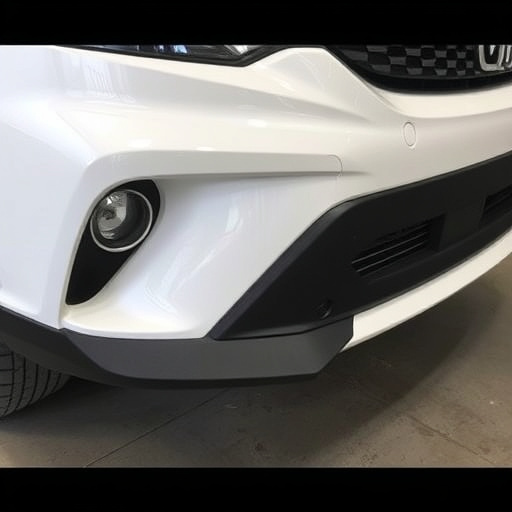
In the realm of dashboard repair collision procedures, implementing standardized safety protocols is paramount. These protocols ensure that every staff member follows consistent steps, enhancing efficiency and safety during vehicle repair services. By establishing a clear set of guidelines, the team can navigate the process with precision, minimizing risks and ensuring optimal car body restoration. Standardization also promotes effective communication, as everyone involved understands their role in restoring vehicles to pre-accident condition.
Moreover, these protocols safeguard both staff and customers by outlining specific safety measures for handling hazardous materials and equipment. Regular training sessions on these standardized procedures are crucial, allowing employees to stay updated with the latest best practices in dashboard repair collision. This commitment to continuous learning fosters a culture of excellence within the organization, ultimately enhancing customer satisfaction through top-tier vehicle repair services.
Effective dashboard repair collision procedures rely on well-trained staff. By understanding complex processes, adopting innovative training methods, and implementing standardized safety protocols, organizations can ensure their teams are equipped to handle collisions efficiently and accurately. This not only enhances customer satisfaction but also minimizes downtime for vehicles, fostering a reputation for reliable service in the competitive automotive industry.
